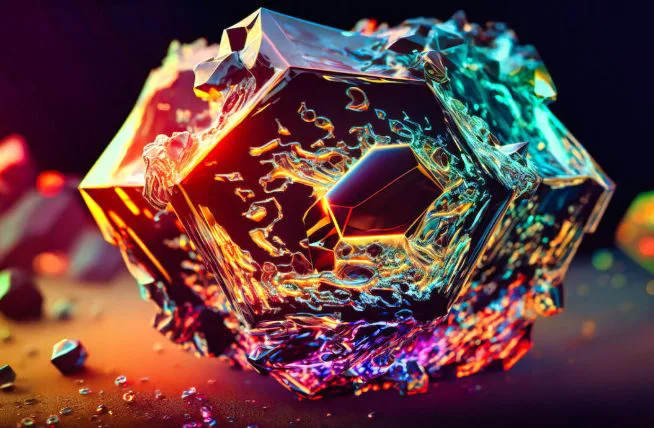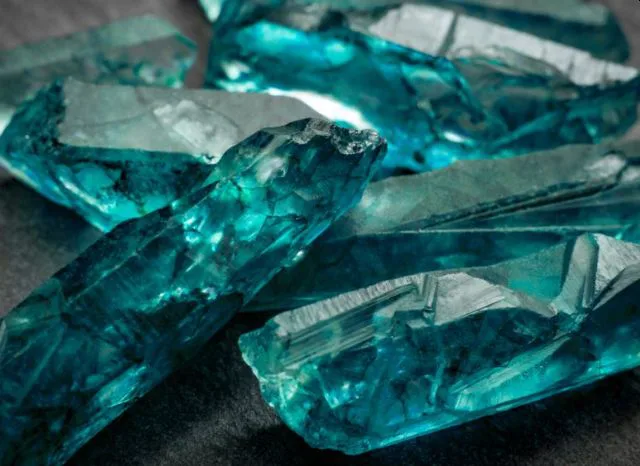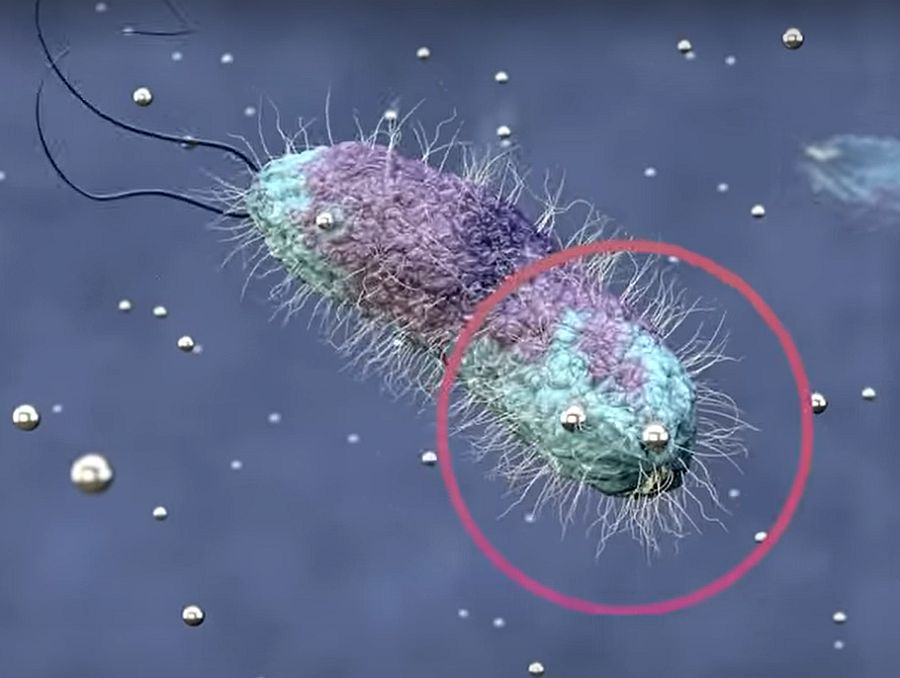
Bacteria – Geobacter, to be more specific – discovered electricity much before than we did. And the interesting part is – ubiquitous, groundwater and also the under the ocean dwelling bacteria takes-in the organic waste and give-out “electrons”. Yes, a tiny electric current is an end product of their exhaling process.
These electrons morph into an “abundant” underground mineral such as iron oxide by plugging into metals like iron or the nano-hairs of the bacterium transport electrons to nearby rocks.
Geobacters transfer electrons through its nano-hair also called pili, the short attachment around it.
Microbial electrochemical snorkels
These bacteria inhale with the help of a snorkel, which is huge relative to its body size. As per the researchers, single snorkel is hundreds of times than their size.
The snorkel acts as a conductive filament to shuttle electrons hundreds to thousands of times the length of an individual Geobacter microbe’s body. A phenomenon which is next to impossible to replicate in case of humans.
Electrically conductive appendages
Also, electric currents have been witnessed beneath the sea floor and the reason is cable bacteria. These are multi cellular organisms, which is rare in bacteria world.
As the name suggests, the cables are indeed bacteria themselves. They extend up to centimetre, a huge length for any microorganism like bacterium. Its electrically conductive appendages are responsible for creating electric currents in ocean floor.
The cables can connect to each other and can make an extremely dense network of living electricity.
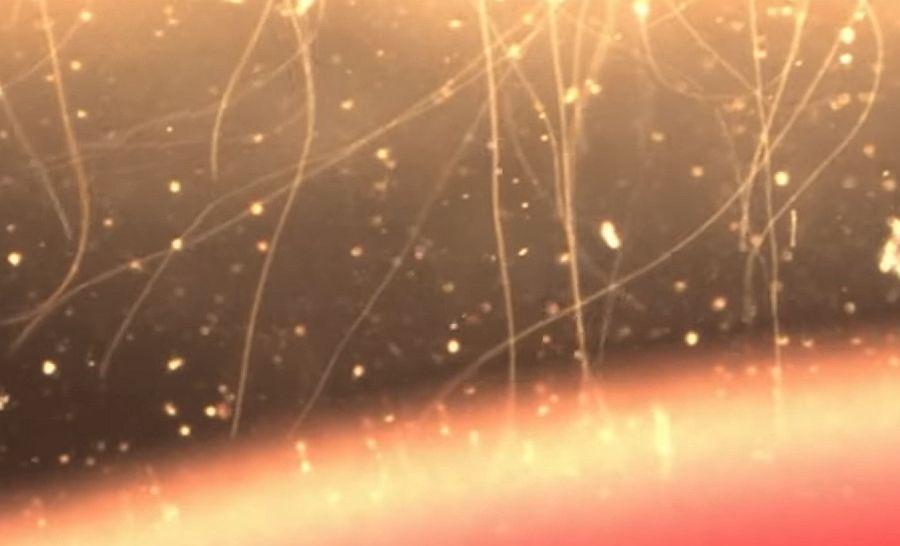
Microbial power grid
Combining this energy into a robust, microbial power grid was a huge challenge so far. However, with the help of advanced microscopic techniques, researchers have discovered how Geobacters are able to breathe across long distances, a phenomenon which was not discovered before in bacteria.
The team also figured out that by creating artificial colonies of the bacterium with an aid of electric field, Geobacters were able to pass out electric current 1,000 times more than they were able to conduct in their usual environment.
This simulation helps in understanding the innate electrical adaptations of the microbes. And eventually it might assist researchers in morphing the bacteria colonies into living, breathing rather self-sustaining batteries.
Resourceful survival trick
Deep underground there is always starvation of oxygen yet Geobacter and few other microbes are able to survive in such harsh conditions. This is because of the nanowires that helps in breathing. Tiny wires help in releasing electrons and attaching it to metal like iron. When the same phenomenon was replicated in lab but with an absence of any metals, the results were slightly different.
An electrode was placed around the periphery of microbes to observe the behaviour. Geobacters displayed another resourceful survival trick. Stimulated by the electric field, they piled-up on each other like multi-storeyed apartments and started to share the same grid. Their behaviour displayed mass consistency in dumping electrons.
OmcZ is responsible for shooting electrons to long distances
Another interesting thing that the researchers discovered that the Geobacter on the top floor – 100th floor as per the researcher – was able to shoot electrons to the bottom floor thorough its nanowires.
So, the next sub-subject of study was the nanowires and how are they able to conduct electricity at such a long distance.
Scientists identified specific protein molecules, called OmcZ, in the tiny wires that make up Geobacter’s signature nanowires. And this protein is especially produced by the microbe when it is under the influence of external electric field.
Molecular structure of OmcZ consists of metallic building blocks called hemes. And this allows Geobacter to shoot electrons across large areas.
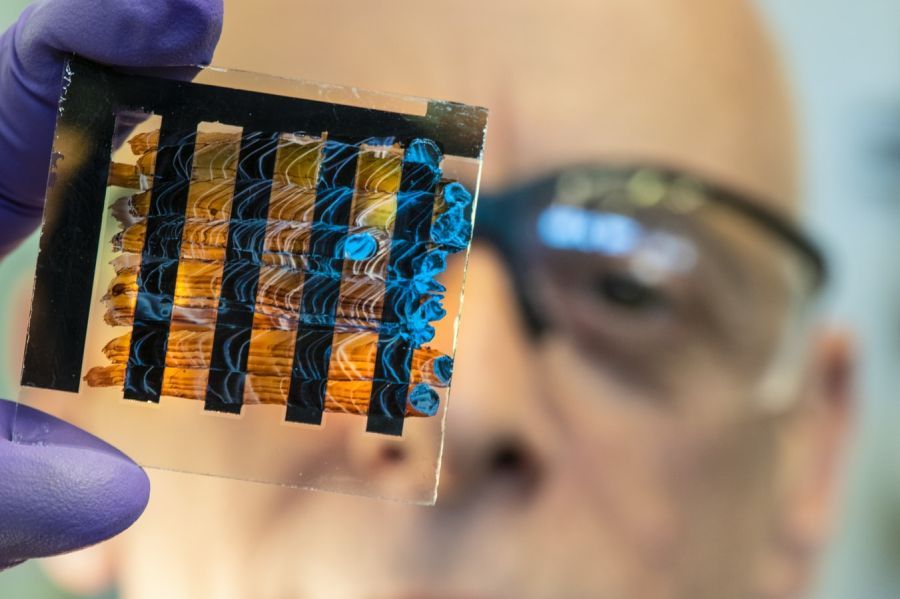
Electronics out of bacteria
Researchers knew that the microbe can generate electricity but the molecular structure was not discovered yet. Getting to know the molecular structure is a breakthrough and scientists are thrilled to envision the future possibilities.
Although Geobacter colonies have been harnessed to power small electronics for a decade now. But the charge provided by these fuel cells is very small, thus limiting the types of electronics they can power.
With the discovery of the molecular structure, researchers would be able to manoeuvre microbial nanowires to make them stronger and more conductive.
Also, it would open the doors to the next gen of bio-electronics that not only be environmentally friendly but also bacteria-powered batteries.
Takeaway
Other than powering batteries, Geobacter colonies could be sent to places where chemical needs to be cleaned up. They could be generically engineered to absorb pollutants.
Additionally, it could be concluded that these microbes are involved in earth’s soil and ocean bio-geo chemistry as well.
Geobacter can survive on just metals and it can live in extreme conditions, where there is low or no oxygen. It does opens up with possibilities as to what kinds of organisms are living in rest of the universe. And the origin of life on earth too.
Via: LiveScience


